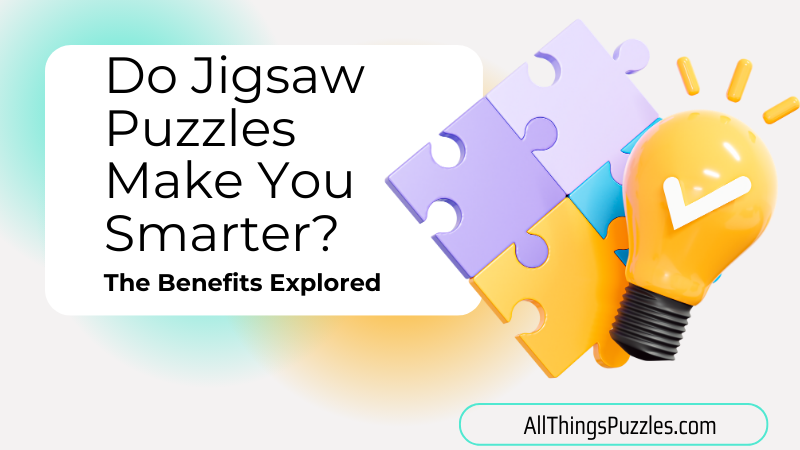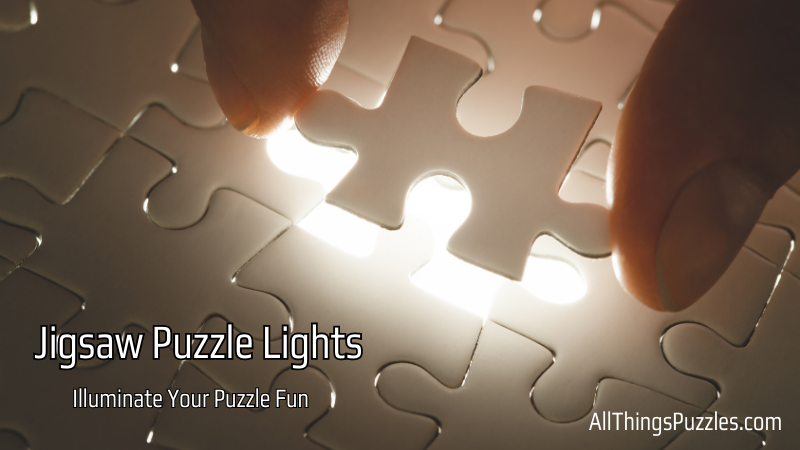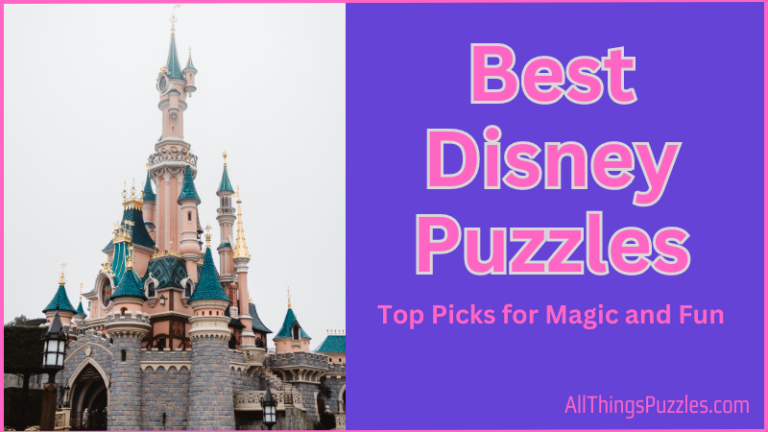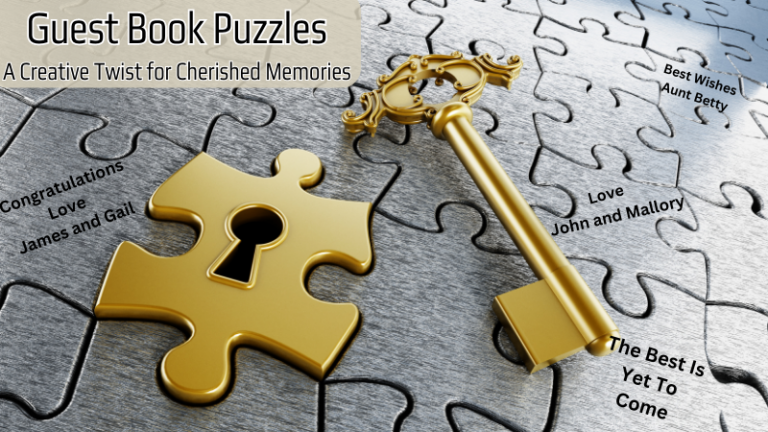Picture this: You’re huddled around a table, your fingertips gingerly picking up and placing puzzle pieces, trying to recreate a challenging and captivating image. Yes, we’re talking about jigsaw puzzles! In this article, we will delve into the captivating history of jigsaw puzzles, tracing their origins, exploring their rise in popularity, and even examining the evolution of puzzle designs. So, let’s embark on this puzzling journey through time!
Imagine the sense of accomplishment you feel as you fit the last piece into a challenging puzzle, revealing an intricate design that required hours of dedication. Jigsaw puzzles, from their humble beginnings in the late 18th century to their status as a beloved pastime today, have fascinated people of all ages with their myriad of shapes and images. What started as educational tools for children have evolved into a popular pastime with a rich history.
The origins of jigsaw puzzles trace back to London mapmaker John Spilsbury, who in the mid-18th century mounted a map on a sheet of wood and cut around the borders of the countries to create an educational puzzle for children learning geography. Since then, the popularity of jigsaw puzzles has seen immense growth, spreading across continents and demographics.
Throughout the early 1900s, advancements in printing technology and new materials allowed for mass production, making puzzles accessible to the wider audience. The Great Depression of the 1930s particularly saw a puzzle craze, as they offered an inexpensive way to pass the time. During World War II, wooden puzzles became lower quality because wood was in short supply, paving the way for cardboard puzzles. Today, jigsaw puzzles come in a wide variety of designs, featuring everything from famous paintings to modern digital puzzles, and remain a great way to challenge problem-solving skills and provide hours of entertainment.
Key Takeaways:
- Jigsaw puzzles began as educational tools and have evolved into a modern jigsaw puzzle enjoyed by puzzle enthusiasts globally.
- Advancements in production and materials transformed puzzles from wooden board pieces to diverse cardboard puzzles with intricate shapes.
- Jigsaw puzzles continue to be a source of challenge and enjoyment, maintaining their popularity as a beloved pastime across various skill levels.
Ancient Puzzling Practices
Puzzles have entertained minds for centuries, captivating ancient civilizations and sparking curiosity. In ancient Egypt, for example, intricate mechanical puzzles were found in the tombs of pharaohs. These puzzles tested the ingenuity of the solver and provided hours of entertainment.
The Invention of the Jigsaw Puzzle
Crafted by John Spilsbury, a British cartographer, the very first jigsaw puzzle emerged in the late 18th century. Utilizing a hardwood board, likely mahogany, Spilsbury fastened a map and segmented it using a marquetry saw, akin to a fretsaw or scroll saw, into small interlocking sections. This invention, originally intended as educational tools for children to learn geography, has since evolved. Wooden puzzles have given way to cardboard puzzles, which became widespread due to their affordability and variety, especially during the early 20th century puzzle craze in the United States.
Puzzle makers tapped into the allure of challenging puzzle designs and intricate shapes, accommodating varying skill levels. Today, puzzles sweep across a wide spectrum of themes, from nursery rhymes to famous paintings, providing hours of entertainment and a sense of accomplishment to puzzle enthusiasts across generations, nudging the beloved pastime’s popularity to soar.
- Location: Europe, England
- Era: Late 18th Century
- Focus: Teaching geography through puzzles
- Tools: Dissected maps, world maps
- Inception: These educational tools began as wooden maps designed to teach children geography.
- Advancement: Dissected maps evolved into an entertaining and educational tool.
Jigsaw Puzzle’s Rise in Popularity
As the 19th century unfolded, jigsaw puzzles gained momentum and captured the hearts of people worldwide. They became a popular educational tool, allowing children to learn geography, history, and even fine motor skills while having fun. Adults, too, found solace in the immersive puzzle-solving experience, providing an escape from the pressures of daily life.
Puzzle Craze of the 1930s Economic Hardship
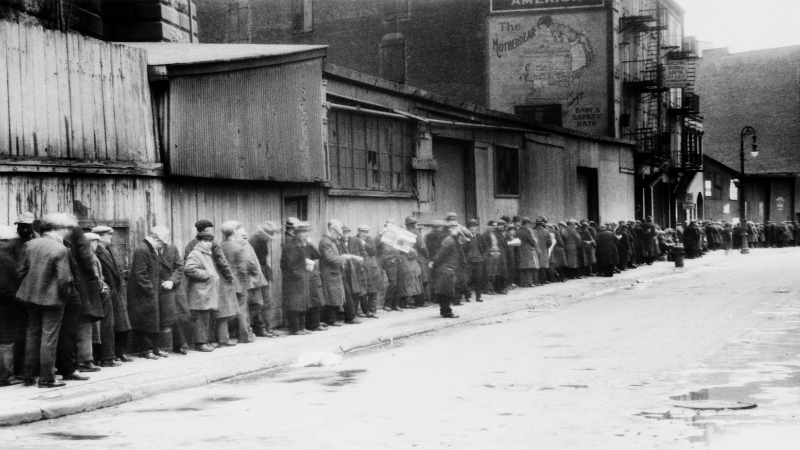
The Great Depression, a period of severe economic downturn in the 1930s, had a significant impact on the lives of many individuals and families. Amid the hardships and challenges of this era, jigsaw puzzles offered a unique form of entertainment, solace, and escape.
During the Great Depression, financial constraints made it difficult for families to afford conventional forms of entertainment. However, jigsaw puzzles provided an affordable source of amusement that could be enjoyed repeatedly.
Jigsaw Puzzles in the 1940s, 1950s, 1960s, and 1970s
The period spanning the 1940s to the 1970s witnessed continued popularity and evolution in the world of jigsaw puzzles. These decades witnessed the jigsaw puzzle industry adapting to the changing times and cultural influences. Puzzles became a reflection of society, encompassing patriotic themes, licensed characters, counterculture art, and pop culture icons.
The evolving landscape of jigsaw puzzles throughout these years ensured that there was always something for everyone, allowing individuals to express their interests and embrace the trends of the time.
Let’s take a closer look at the jigsaw puzzle scene during each of these decades:
The 1940s: Jigsaw Puzzles Amid World War II

World War II and Patriotic Puzzles: 1940s
During the challenging era of the 1940s, when World War II was at its height, jigsaw puzzles became symbols of patriotism and unity. As an educational tool, they often depicted ships engaged in battles and scenes of national significance. With resources in short supply, manufacturers produced puzzles from wood rather than cardboard, harking back to early puzzles of the late 18th century. Despite the humble beginnings of early 1900s puzzles, these items provided hours of entertainment and a sense of accomplishment for people of all ages.
The 1950s: Rise of Television and Licensed Characters
In the 1950s, television’s emergence introduced a new wave of licensed characters to jigsaw puzzles. Milton Bradley and other puzzle makers capitalized on these beloved figures, creating educational tools that not only entertained but also reflected popular culture. Cardboard puzzles with intricate designs, featuring everything from nursery rhymes to castle imagery, became widely accessible and adored. This era marked the transition of jigsaw puzzles from luxury items to an inexpensive way to engage a wider audience.
The 1960s: Counterculture and Psychedelic Designs
The 1960s saw a societal transformation, with the counterculture movement inspiring psychedelic designs in jigsaw puzzles. These wooden and cardboard puzzles featured intricate shapes and vibrant, challenging patterns, mirroring the era’s art and serving as a creative outlet. Puzzle enthusiasts of varying skill levels could piece together complex creations that went beyond a mere pastime, speaking to a generation seeking to break norms and express individuality.
The 1970s: Pop Culture and Puzzle Craze
By the 1970s, the jigsaw puzzle reached a new zenith, becoming a hallmark of pop culture. With an explosion of themes ranging from famous paintings to the latest rock bands, the puzzle craze was in full swing. To keep up with demand, puzzle makers unveiled a wide array of designs and difficulty levels. Jigsaw puzzles continued to capture imaginations, solidifying their status as a beloved pastime and cultural phenomenon that transcended age, offering both a fun activity and therapeutic tool.
Notable Jigsaw Puzzle Manufacturers
Several manufacturers played pivotal roles in shaping the history of jigsaw puzzles. Let’s take a closer look at a few of them:
- Pastime Puzzles Co.
- Founded in the early 20th century, Pastime Puzzles Co. revolutionized the industry with their high-quality puzzles.
- Their commitment to craftsmanship and attention to detail set a new standard for jigsaw puzzle enthusiasts.
- Parker Brothers
- Parker Brothers, a renowned game company, entered the puzzle market in the early 20th century.
- Their innovative designs and wide range of puzzle offerings made them a household name.
- Ravensburger
- Ravensburger, a German company established in 1883, became synonymous with exceptional puzzle quality.
- Their commitment to precision cutting and stunning imagery elevated the puzzle experience to new heights.
Evolution of Jigsaw Puzzle Designs
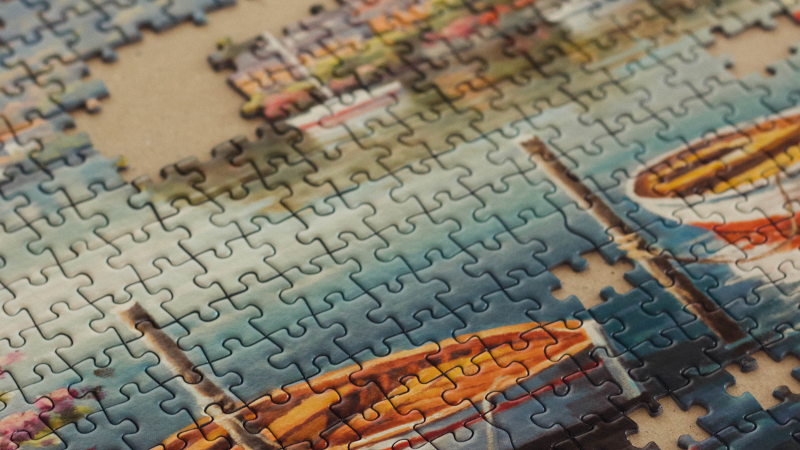
Over time, jigsaw puzzle designs have evolved, reflecting changing tastes and advancements in manufacturing techniques. Let’s explore these transformations:
Transition to Cardboard Puzzles
Over the years there has been a shift from traditional wooden puzzles to more accessible cardboard puzzles. What started as hand-carved art on a wooden board transformed into a mass-produced, paperboard-based hobby. Lower costs and a variety of options have broadened the appeal to a larger audience, making cardboard jigsaw puzzles a beloved pastime for people of all ages.
Puzzle Themes and Imagery
Puzzle makers have expanded their horizons beyond basic designs, bringing you an array of puzzle themes, from nursery rhymes to nature and famous paintings. This evolution reflects the diverse interests of puzzle enthusiasts and has contributed greatly to the popularity of jigsaw puzzles, providing hours of entertainment and a sense of accomplishment upon completion.
Technological Advancements
Advancements in technology have greatly influenced the puzzle industry. Two notable advancements are:
Mechanical Puzzle Cutters
- With the introduction of mechanical puzzle cutters, manufacturers could produce puzzles more efficiently.
- These machines allowed for intricate and precise cuts, enhancing the puzzle-solving experience.
Computer-Assisted Puzzle Design
- The advent of computer technology brought about a new era in puzzle design.
- Designers could now create puzzles digitally, offering greater flexibility and variety in puzzle shapes and sizes.
Modern-Day Jigsaw Puzzles
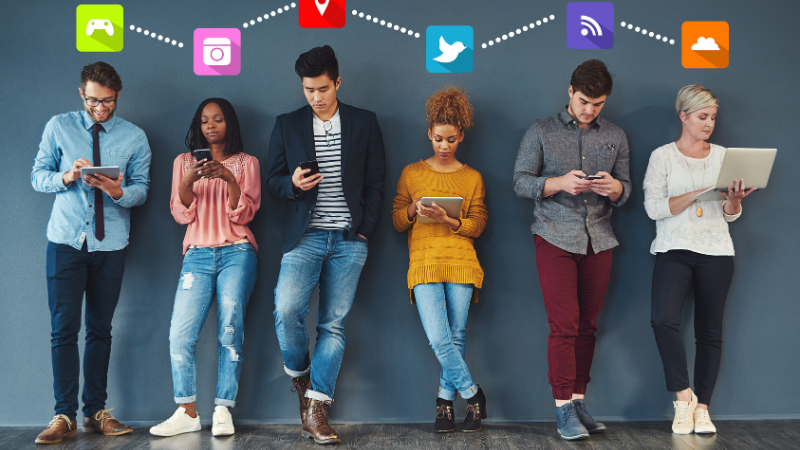
In today’s digital age, jigsaw puzzles continue to captivate enthusiasts both online and offline. The rise of online puzzle platforms and mobile puzzle apps has made it even easier for puzzle lovers to indulge in their favorite pastime anytime, anywhere. Virtual puzzles provide the convenience of solving puzzles on screens, with a wide range of themes and difficulty levels to choose from.
FAQs
Curious minds often have questions about jigsaw puzzles. Let’s address some frequently asked questions to provide further insights into this beloved pastime:
Are there benefits to solving jigsaw puzzles?

Absolutely! Solving jigsaw puzzles offers numerous benefits. It enhances cognitive skills such as problem-solving, spatial reasoning, and critical thinking. Puzzles also improve hand-eye coordination and concentration. Additionally, they serve as a therapeutic and stress-relieving activity, promoting relaxation and mindfulness.
What is the ideal difficulty level for beginners?

The ideal difficulty level for beginners depends on personal preference and experience. It’s best to start with puzzles featuring fewer pieces and simpler imagery. Typically, puzzles with 500 to 1000 pieces are considered suitable for beginners. As you gain confidence and skill, you can gradually increase the difficulty level.
How can I preserve and store completed jigsaw puzzles?
Preserving and storing completed jigsaw puzzles can be done using various methods. One popular option is to use puzzle mats or boards that allow you to roll up and safely store the puzzle without damaging the pieces. Another method is to carefully transfer the completed puzzle onto a foam board or use puzzle glue to secure the pieces together permanently. This way, you can display your masterpiece or store it for future enjoyment.
Wrapping Up the Jigsaw Saga
Jigsaw puzzles have come a long way from their humble beginnings, evolving from early puzzles on wooden boards to the complex cardboard puzzles we enjoy today. The fascination with fitting together small pieces into a complete picture echoes the sentiments of puzzle enthusiasts across generations.
Whether you’re a seasoned pro or new to the joy of piecing together a challenging puzzle, you’re part of the continuum that appreciates this beloved form of entertainment as both a recreational activity and a great way to build problem-solving skills. With historical contexts like the wood jigsaw puzzles for the children of King George III to current adaptive uses such as a therapeutic tool, the story of jigsaw puzzles is a mosaic of human ingenuity and delight in the deceptively simple task of connecting one piece to another.
So, the next time you gather around a table, contemplating the challenge of a jigsaw puzzle, take a moment to appreciate the rich history behind it. Each piece you fit together represents a thread woven into the captivating tapestry of jigsaw puzzle history.
So, grab your favorite puzzle and immerse yourself in the history and joy of solving these puzzling enigmas! Remember to keep the joy of puzzling alive and share it with others. Happy puzzling, everyone!

